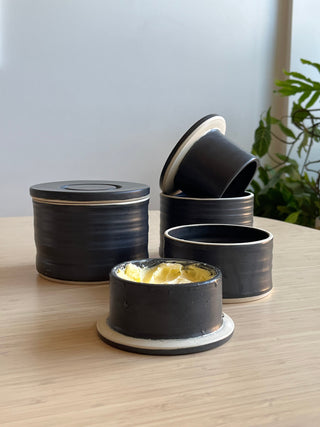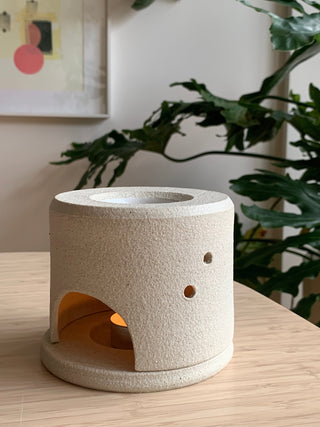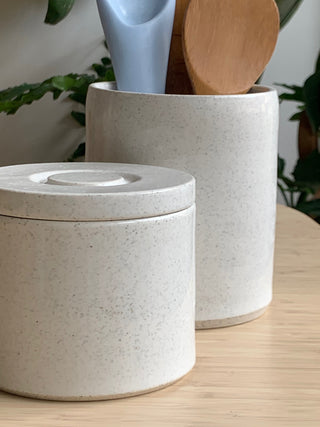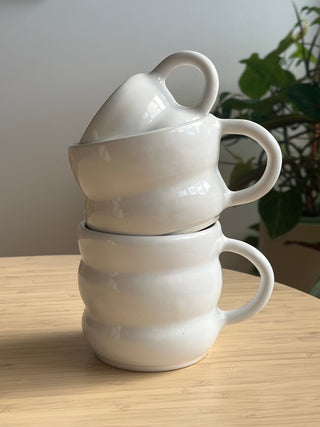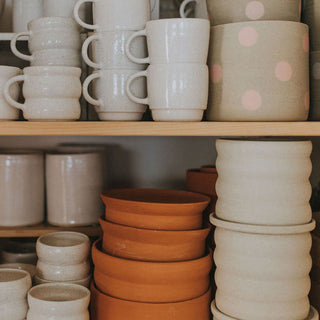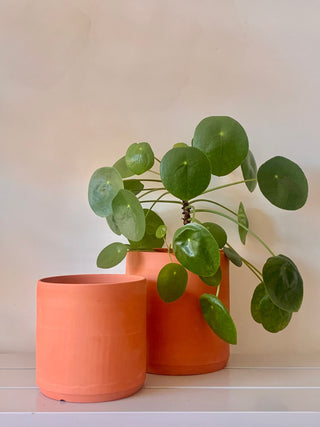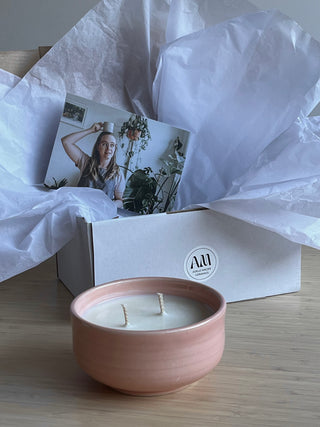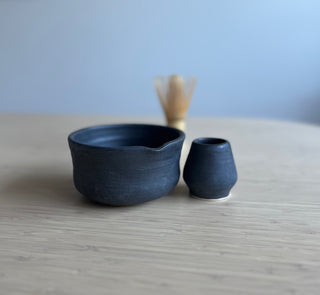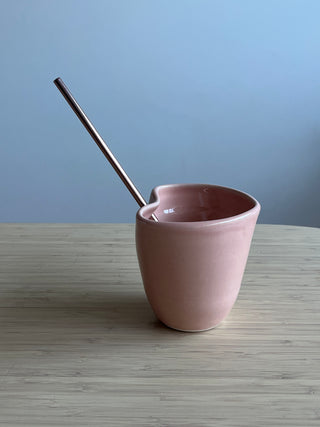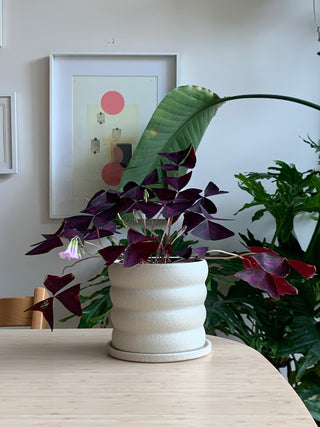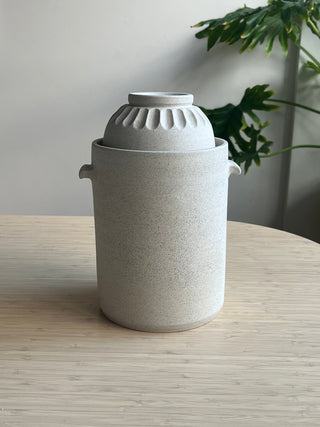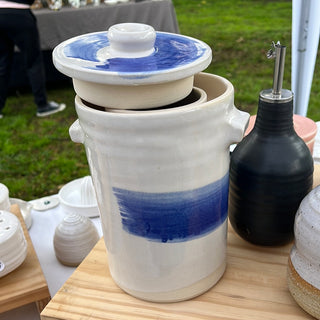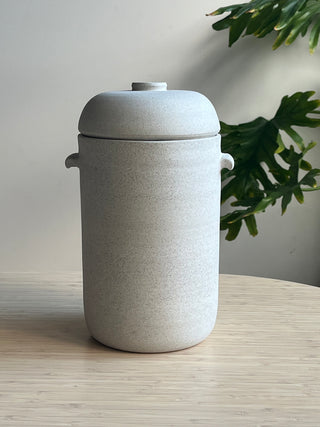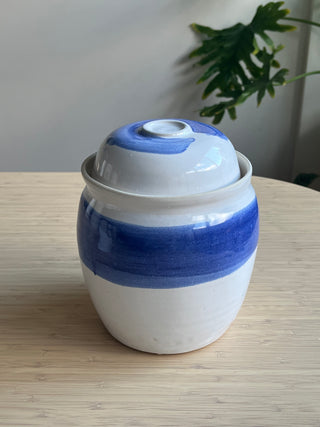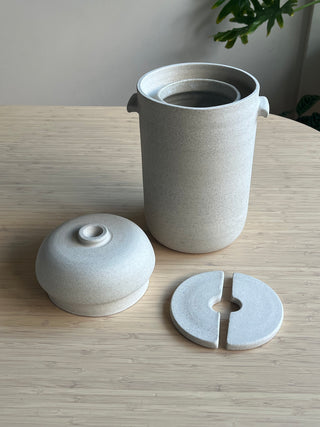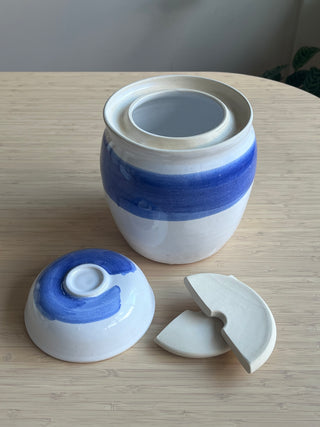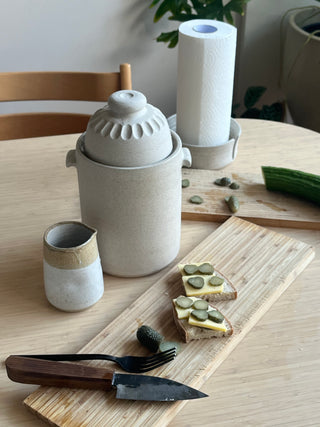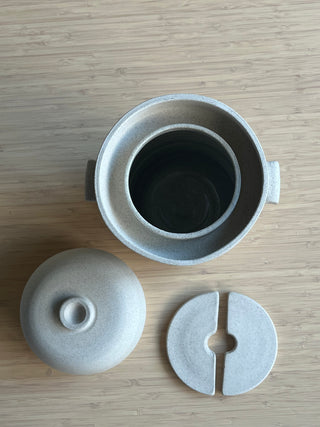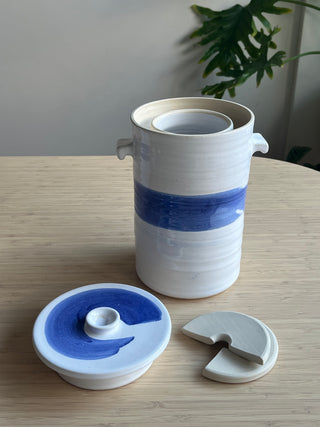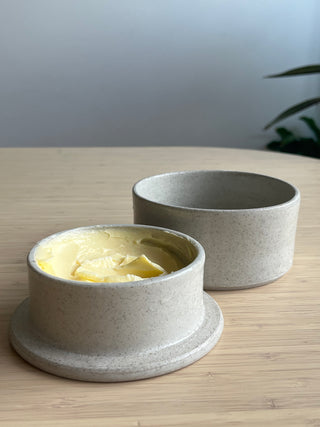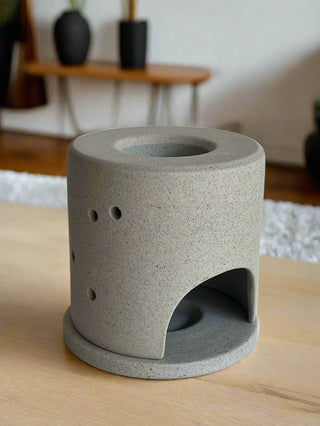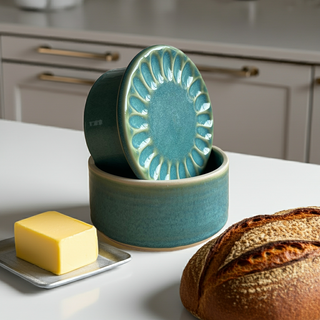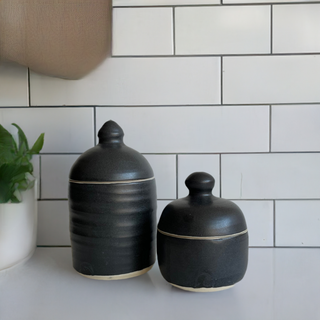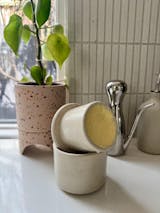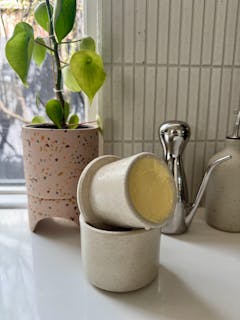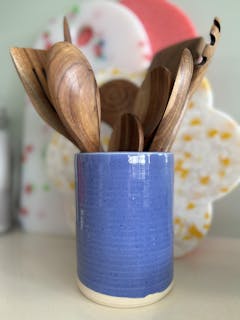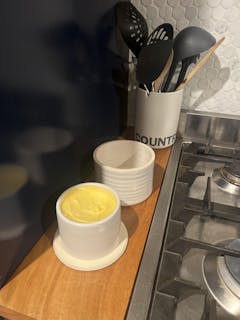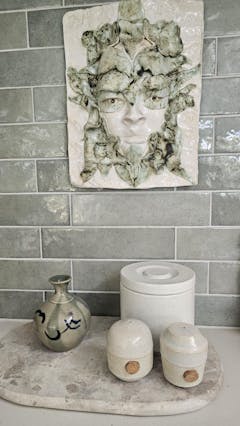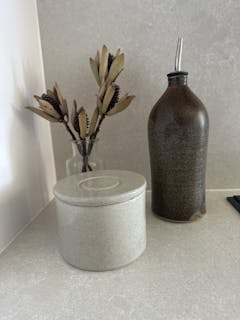It’s great. Butter is always the same smooth spreadable consistency. Looks great on the bench too!😉
Hooray! Thanks for your review. I'm so glad you're enjoying your spreadable butter :)
I recently purchased one of Adele’s handmade ceramic butter bells and I absolutely love it! The craftsmanship is beautiful — it has such a charming, unique look that fits perfectly on my kitchen bench. Beyond looking gorgeous, it’s incredibly functional. It keeps my butter at the perfect consistency and makes spreading so easy.
What makes it even more special is knowing that this piece was created by a small business artist. I love being able to support someone’s creativity and passion, and this butter bell truly feels like a little piece of art I get to use every day. Highly recommend!
What a gorgeous pic - thanks for sharing and for supporting small biz, Helena. So happy you love it!
We absolutely love our butter bell. I can’t even explain how much of a difference it makes to the spreadability of the butter. It is amazing! If you are thinking of buying one… do it! It is fabulous in both summer and winter!
It was so lovely to meet you at the market Michaela and Dan. Thanks so much for supporting my small biz - and even tho you were skeptical Dan, we still think you're pretty great now that you've come around ;) haha. Thanks again.
Beautiful presentation and quality made,
Really pleasedcwith the qualty and look of my butter bell.
It goes great with my kitchen decor.
Thanks for letting us know Philip. So happy you're enjoying your soft butter.
